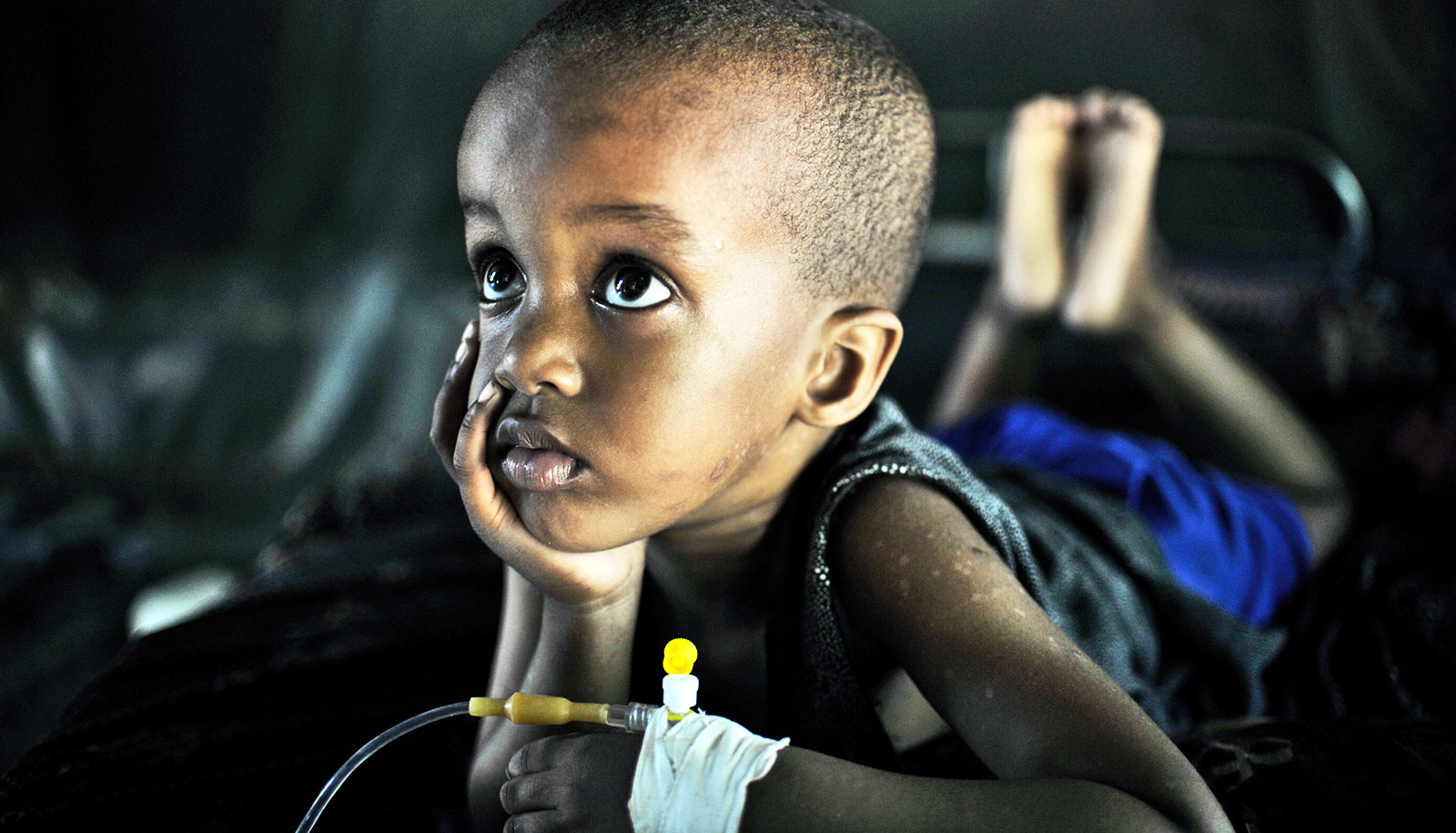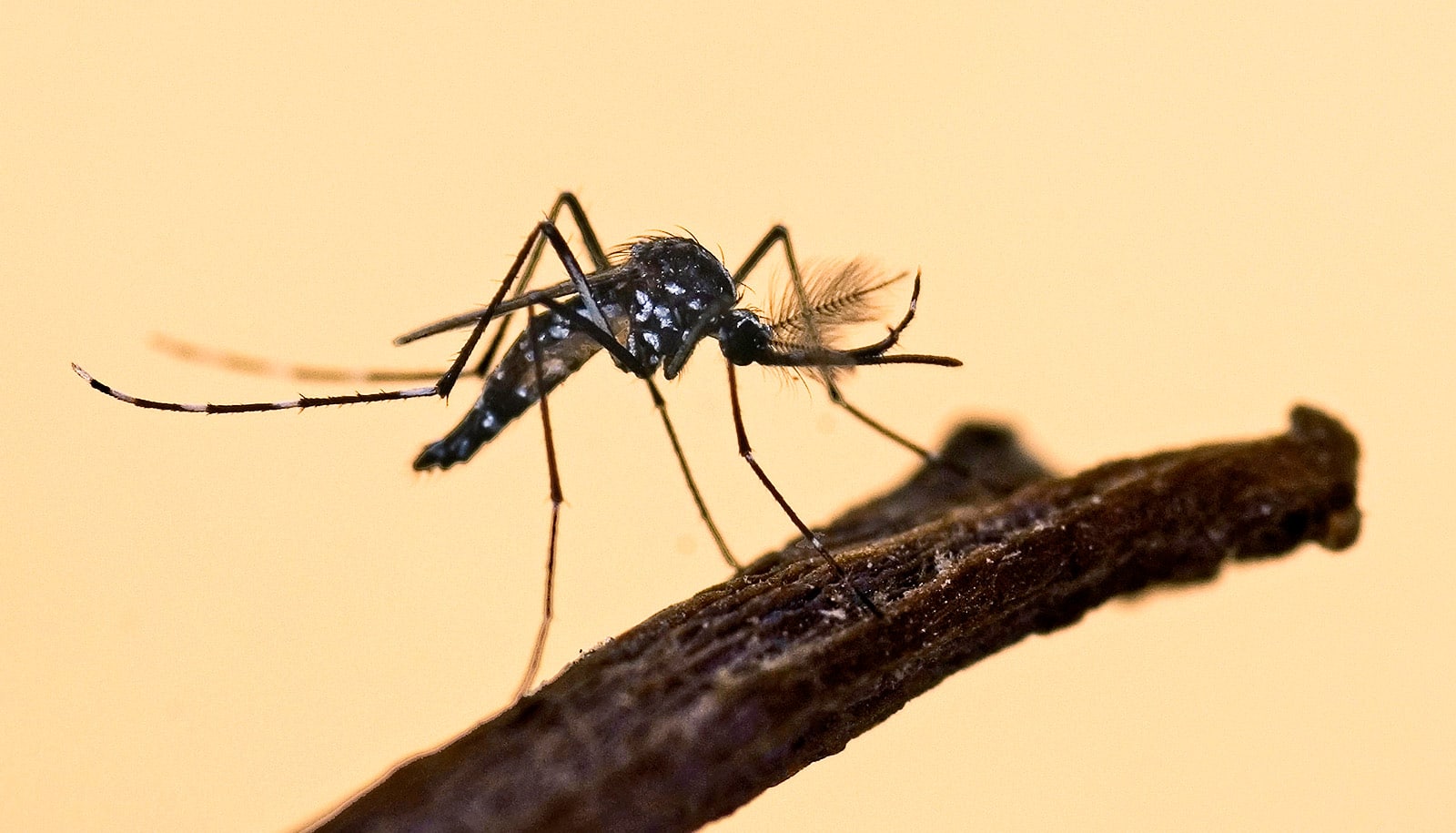Malaria research should focus not just on mosquitoes, but also on the behavior of humans they infect, a new study suggests.
What people do at night, when the risk of infected mosquito bites is highest, is especially critical, the authors say.
There is substantial research into when malaria mosquitoes bite, when they are most active, and which species are most likely to spread disease, says April Monroe, senior program officer at the Johns Hopkins University’s Center for Communication Programs.
“The neglected piece has really been human behavior,” says Monroe. “There’s been a big focus on mosquito behavior. But you have to look at mosquitoes and people together to really understand what is going on and how to reduce malaria risk.”
More than nets
Malaria, which a mosquito-borne parasite causes, occurs mostly in poor tropical and subtropical areas, the Centers for Disease Control says. In 2016, the CDC says, an estimated 445,000 people died of the disease, mostly young children in sub-Saharan Africa.
Insecticide-treated bed nets are the leading reason for significant progress in the fight against malaria over the past 15 years, with a 41 percent decrease in malaria rates and a 62 percent decrease in malaria deaths. But bed nets work only when people are using them, primarily when sleeping.
While studies have shown that most people who have nets use them, there are times when malaria mosquitoes are biting when it may not be possible to use a net. These include while people are doing household chores or socializing in the evening before bed. Some people in malaria-prone areas have outdoor night-shift jobs, such as fishing or providing security. Community occasions such as funerals, weddings, or religious events can last through the night.
“Insecticide-treated nets are our best tool for preventing malaria right now, but we also know that nets alone won’t be sufficient to bring the number of malaria cases to zero,” Monroe says. “While nets will remain crucial for years to come, we must also provide appropriate solutions to people that protect them where and when they need it.”
Filling in the gaps
Monroe and her colleagues screened nearly 3,000 peer-reviewed journal articles and analyzed 26 that provided information on when and where malaria-transmitting mosquitoes are most active people and what activities are happening during those nighttime hours.
The review team recommends that researchers use a standardized approach to measuring both human and mosquito behavior across time and settings. This information, she says, is essential for existing tools, social and behavior change interventions, and the development and deployment of new prevention measures to complement bed nets and indoor spraying.
“People are still getting malaria, even in places where there is broad use of bed nets,” Monroe says. “We need to fill these research gaps and make decisions on how to better protect people. A greater understanding of human behavior and the interaction of humans and mosquitoes is crucial if we are going to eliminate malaria.”
The research appears in Malaria Journal. Monroe’s coauthors are from Johns Hopkins University, the University of Basel in Switzerland, and the Ifakara Health Institute in Tanzania.
The US Agency for International Development and the President’s Malaria Initiative funded the study.
Source: Johns Hopkins University



